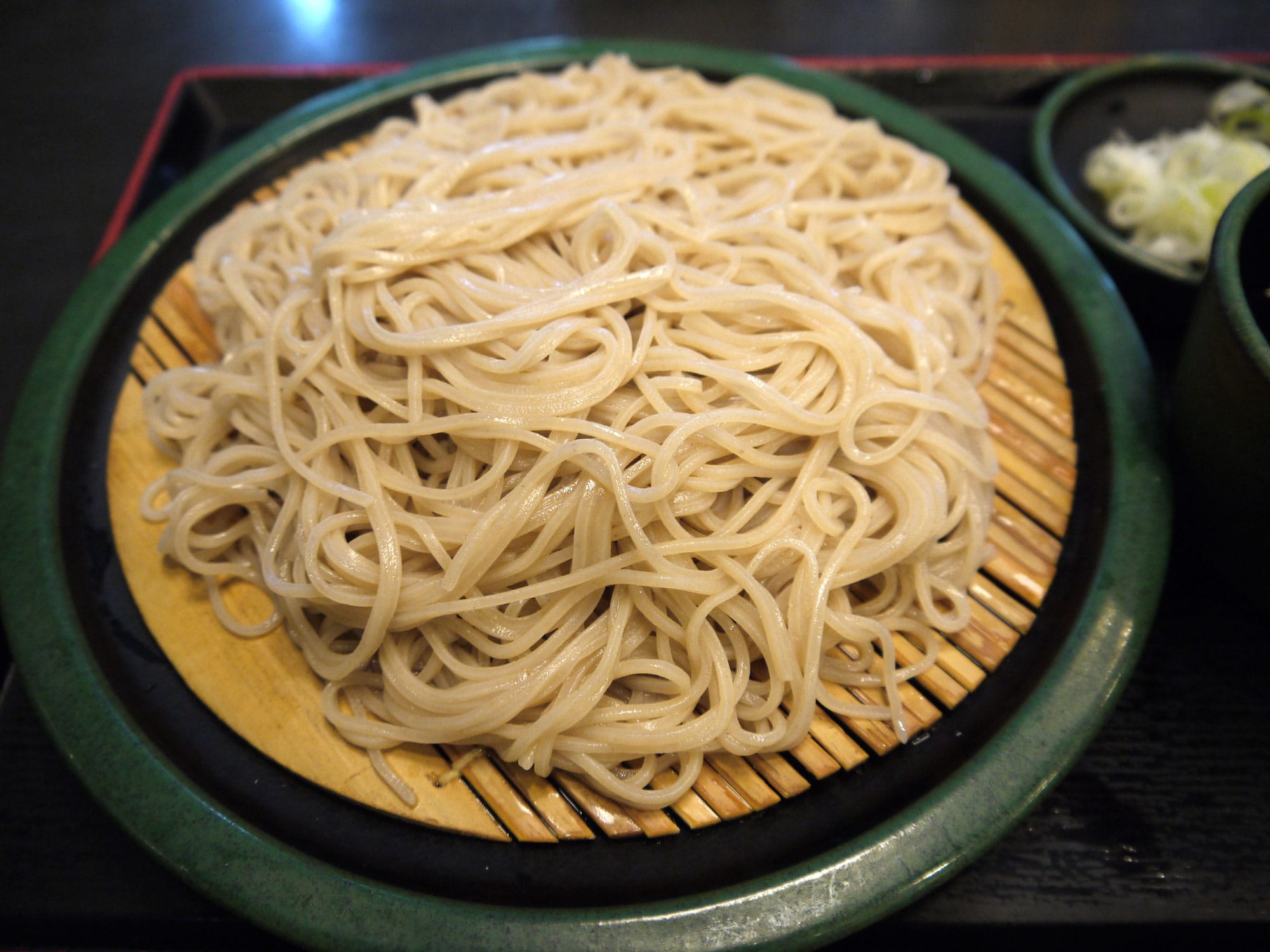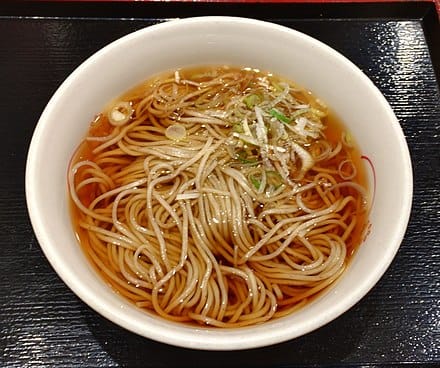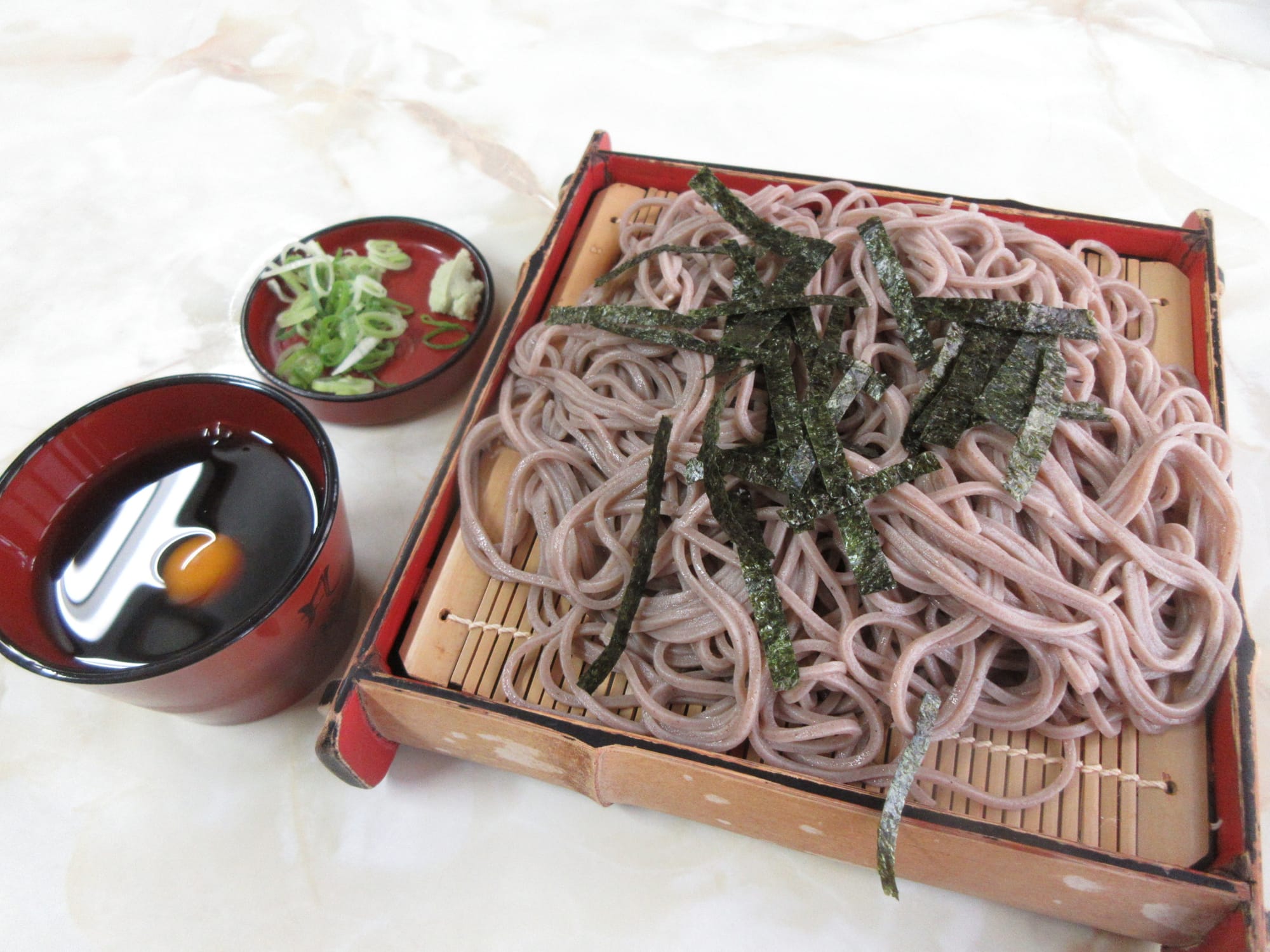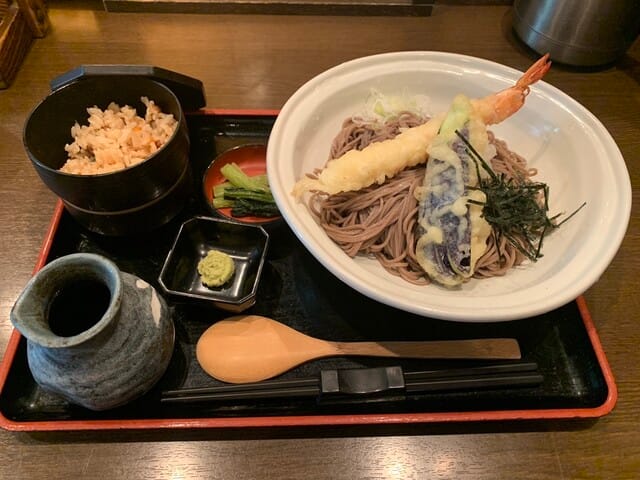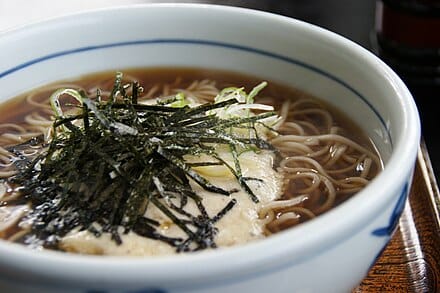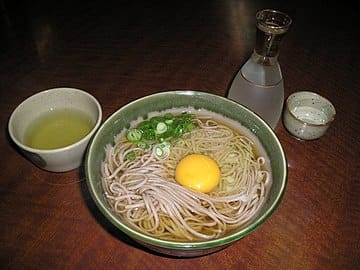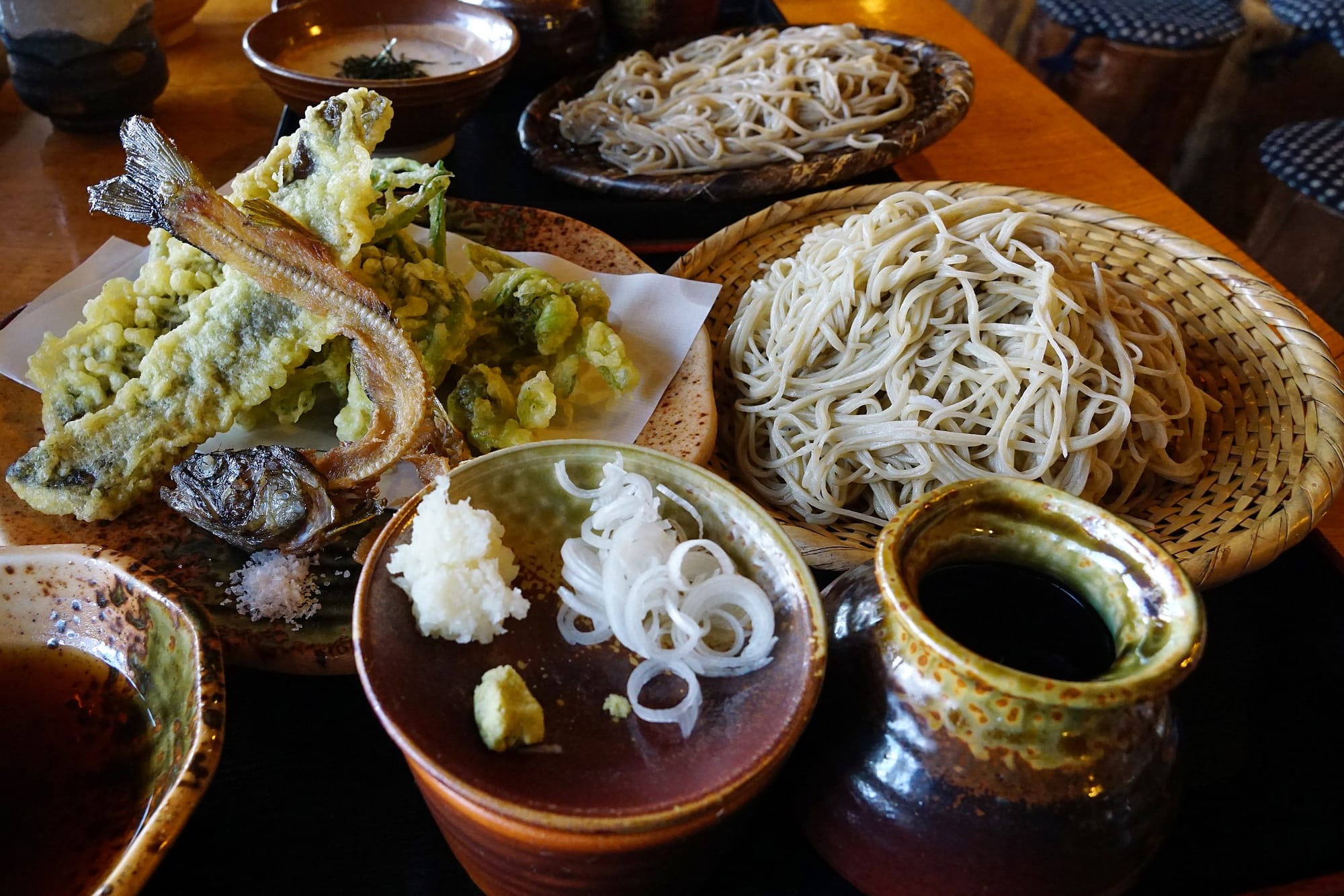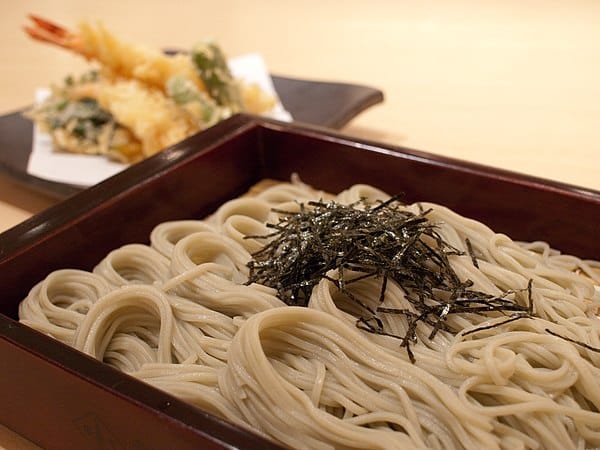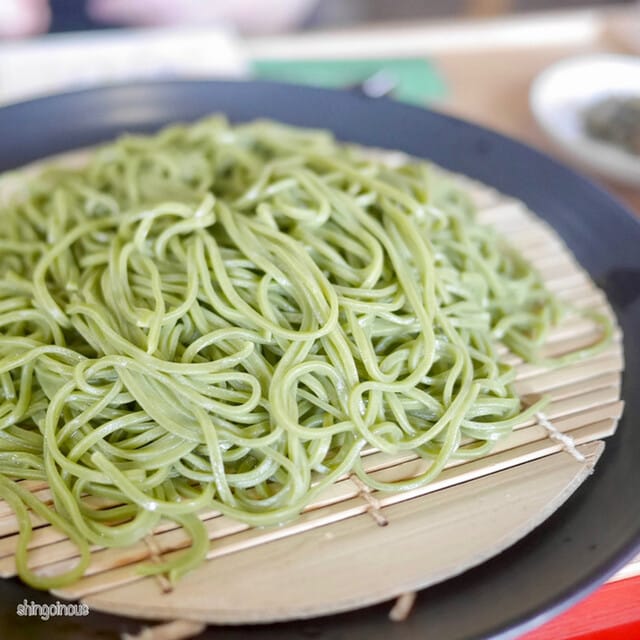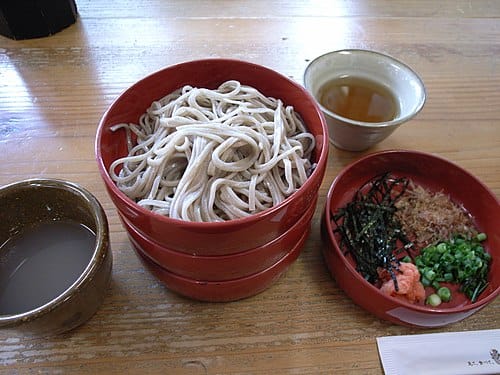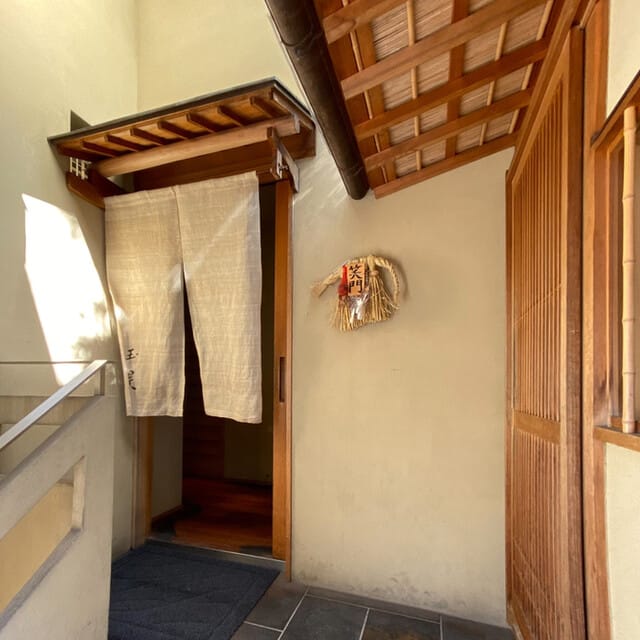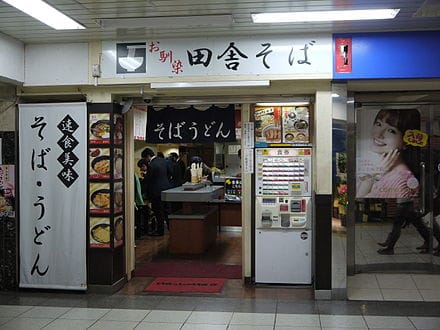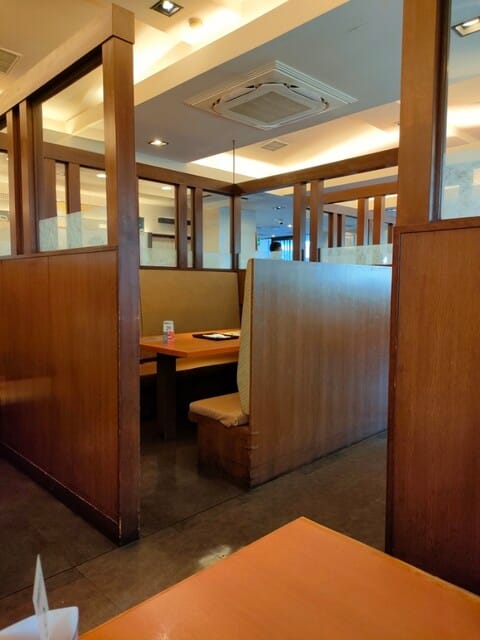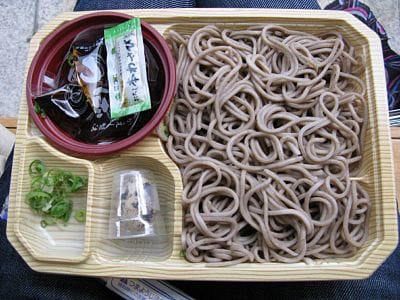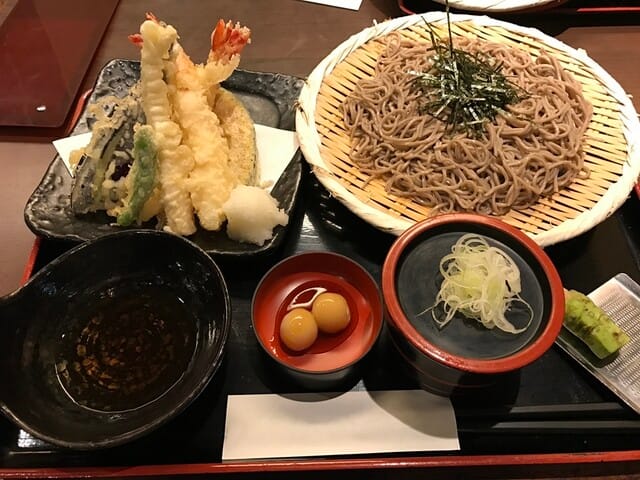Like other Japanese people, I often ate soba, a representative common dish in Japan, with my family at local Japanese restaurants since I was a child. However, I had my first authentic handmade soba experience at a soba shop in Nagano Prefecture.
The freshly made handmade soba had an exceptional smoothness when swallowed, and the true flavor of soba spread throughout my mouth. I was shocked by the difference from the soba I had eaten before.
One of the charms of soba is that there are unique varieties in each region, such as Shinshu soba and Wanko soba. The ways of eating also vary, including kake soba, zaru soba, and tempura soba.
I love eating local soba specialties when I travel. Whether it's enjoying elegant green tea soba at a long-established shop in Kyoto or eating lots of Wanko soba in Iwate, these are valuable experiences where I can feel the depth of Japanese food culture through soba.
In this article, I want to convey the charm of soba to foreign visitors. I'll explain in detail the points for enjoying soba, including types of soba, ways of eating, and types of shops. Please check this before visiting Japan and enjoy delicious soba!
What is Soba?
Source: Wikipedia
Soba is one of Japan's traditional noodle dishes, made using buckwheat flour. Buckwheat flour is made by grinding buckwheat grains. Soba has been familiar to Japanese people for a long time, and it became widely popular as a common food during the Edo period.
Soba is highly nutritious and is also known as a low GI food. It's healthy and delicious, truly representing Japanese food culture. It's also an indispensable part of seasonal events, such as "Toshikoshi Soba" eaten on New Year's Eve.
I've loved soba since I was a child. Especially in urban areas like Tokyo, there are many places where you can casually eat soba, so when you visit Japan, please try authentic delicious soba.
Why Soba Has Been Loved by Japanese People
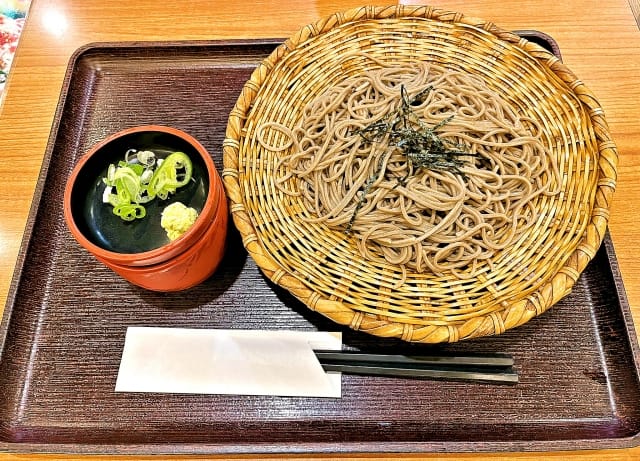
There are several reasons why soba has been loved by Japanese people for a long time. First, the simple and timeless taste of soba fits well with Japanese eating habits. Also, soba is a casual dish that can be easily eaten, which is one reason why it's integrated into daily life.
Many Japanese people have been going to local soba shops since childhood. There was also a delicious soba shop near my house.
Moreover, we Japanese people feel respect for the craftsmanship in the artistry of soba-making.
Soba is also deeply connected to Japanese history and traditions. The enjoyment of temperature contrasts, such as between zaru soba and kake soba, is unique to Japanese people with their delicate sense of taste. The use of dashi, which is fundamental to Japanese cuisine, is also one of the charms of soba.
Types of Soba Commonly Eaten by Japanese People
There are several variations of soba that Japanese people eat regularly.
When you go to a soba shop, there are often multiple types of soba, so knowing about these types in this section will help you choose from the menu smoothly.
Kake Soba
Source: Wikipedia
Kake soba is a simple, warm way of eating soba, where the noodles are served in warm broth. The broth is typically made from dashi stock using bonito flakes and kombu seaweed. It's common to add green onions and shichimi togarashi (seven-flavor chili pepper). Especially in winter, I crave warm kake soba.
When I was a child, I loved the kake soba from the soba shop near my house. I still can't forget the simple taste of the firm soba noodles mixed with the gentle-flavored broth.
Zaru Soba
Source: Wikipedia
Zaru soba is a popular way of eating cold soba by dipping it in sauce, especially in summer. The sauce is typically made based on mentsuyu. It's standard to serve it with green onions and wasabi.
I like eating cold zaru soba on a hot summer day in August. The smooth texture and the savory aroma of the sauce stimulate my appetite. It's also a way of eating that goes well with various condiments.
Tempura Soba / Tenzaru
Source: Tabelog by bapecafe
Tempura soba is a hearty dish with tempura on top of soba. Shrimp tempura is standard, but vegetable tempura and maitake mushroom tempura are also often used. The contrast between the crispy tempura and the smooth soba texture is exquisite.
While tempura can be placed on kake soba, the style of placing it on zaru soba as shown in the photo is called "tenzaru". I love tenzaru with a large shrimp tempura on top. The moment when the savory aroma of the shrimp and the flavor of the sauce spread in my mouth is quite blissful.
Tororo Soba
Source: Wikipedia
Tororo soba is a dish where grated mountain yam "tororo" is placed on soba. The sticky texture goes well with soba. It's popular as a nutritious and healthy dish.
I often eat tororo soba when I don't have much appetite, like after catching a cold. The smooth texture of tororo and the easy-to-swallow soba are gentle on the stomach.
Tsukimi Soba
Source: Wikipedia
Tsukimi soba is warm kake soba with a raw egg dropped on top. It's called this because the egg yolk looks like the moon. The richness of the egg yolk goes well with the soba broth.
Tsukimi soba, which is beautiful to look at, is one of the pleasures of autumn in Japan. When you break the egg yolk floating in the broth and eat it, a mellow flavor spreads.
Regional Soba in Japan
Even though it's all called "soba," there are various regional characteristics throughout Japan.
Here, I'll introduce four such local soba varieties.
Shinshu Soba (Nagano Prefecture)
Source: Wikipedia
Nagano Prefecture is one of Japan's leading soba-producing regions. Shinshu soba is characterized by its flavorful and smooth-tasting noodles. "Juwari soba," which has a high proportion of buckwheat flour, is also popular.
I first ate Shinshu soba at a small soba shop in Nagano. What came out was fragrant juwari soba. The moment I took a bite, the flavor of soba spread throughout my mouth, and I still vividly remember that excitement.
Hegi Soba (Niigata Prefecture)
Source: Wikipedia
Hegi soba is a specialty of Niigata Prefecture, which is north of Tokyo. It's characterized by firm noodles. It's common to eat bite-sized pieces of soba dipped in sauce. Above all, the unique serving method, arranged on a board called a "hegi board," is impressive.
I always get excited when eating hegi soba. The repetition of dipping each piece of soba in the sauce and eating it is somehow fun. You could call it an "experiential soba." When you go to Niigata, please try this experience.
Cha Soba (Kyoto Prefecture)
Source: Tabelog by palog
Cha soba is a specialty of Kyoto. The green soba noodles, kneaded with matcha, are beautiful to look at and characterized by their elegant taste. The sauce is often based on light soy sauce.
Enjoying cha soba in the atmosphere of the ancient capital of Kyoto is exceptional. Especially in Uji, famous for matcha, there are many shops where you can eat cha soba. Please try it, as the aroma of matcha and the flavor of the sauce harmonize exquisitely.
Wanko Soba (Iwate Prefecture)
Source: Wikipedia
Wanko soba is a specialty of Iwate Prefecture. It's characterized by small bowls of soba being served one after another. You eat bite-sized soba dipped in sauce. It's also known as an eating contest and is popular at events and tourist spots.
I can't forget the excitement when I first ate wanko soba. The soba keeps coming, and before you know it, you can't stop eating. By the time I realized it, I had eaten dozens of bowls. Wanko soba introduced me to a new way of enjoying soba.
Types of Places Where You Can Eat Soba in Japan
Soba, deeply rooted in Japanese daily life, can be eaten in various places, from restaurants to convenience stores.
In this section, I'll introduce the main places where you can eat soba in Japan.
Soba-ya (Soba Specialty Shops)
Source: Tabelog by Shuntaro
At soba specialty shops, you can taste exquisite dishes that reflect a dedication to soba. Each shop has its own unique sauce and soba, and many shops offer handmade soba. There's a wide variety of soba types, and seasonal limited menus are also something to look forward to. Side dishes like tempura are often plentiful.
While there aren't many nationwide chain stores, there are many chain stores centered in Tokyo, like Fuji Soba, so please try to find them when sightseeing in Tokyo.
Website: https://fujisoba.co.jp/eng/
Standing Soba Shops
Source: Wikipedia
Standing soba shops are places where you can casually enjoy soba at stations or in busy areas. They have a high turnover rate, so they're convenient when you want to eat soba quickly. While the menu is limited, they're popular for offering cheap and delicious soba.
During my student days, I often stopped by the standing soba shop at the station on my way home from school. Even now, I occasionally visit with a sense of nostalgia. They're also recommended for a quick lunch while sightseeing.
Family Restaurants
Source: Tabelog by Loco
Japanese-style family restaurants are places where families can casually enjoy soba. The charm is that you can enjoy a variety of menus including soba at reasonable prices. You can leisurely enjoy soba and various Japanese dishes in a relaxed atmosphere.
While it can't beat the taste of soba specialty shops, I recommend it for those who want to enjoy other Japanese dishes as well.
Supermarkets / Convenience Stores
Source: Wikipedia
If you want to enjoy soba casually at your hotel, supermarkets and convenience stores are recommended. Various products are sold, including cup soba, zaru soba, and warm soba.
While the taste doesn't match that of restaurants, it's popular with locals because you can eat soba easily. I sometimes buy zaru soba at the supermarket on my way home on days when I'm tired from work.
How to Eat Soba Deliciously
Now that you know about the types of soba and shop types, I'll introduce you to how to eat soba deliciously!
Add Condiments
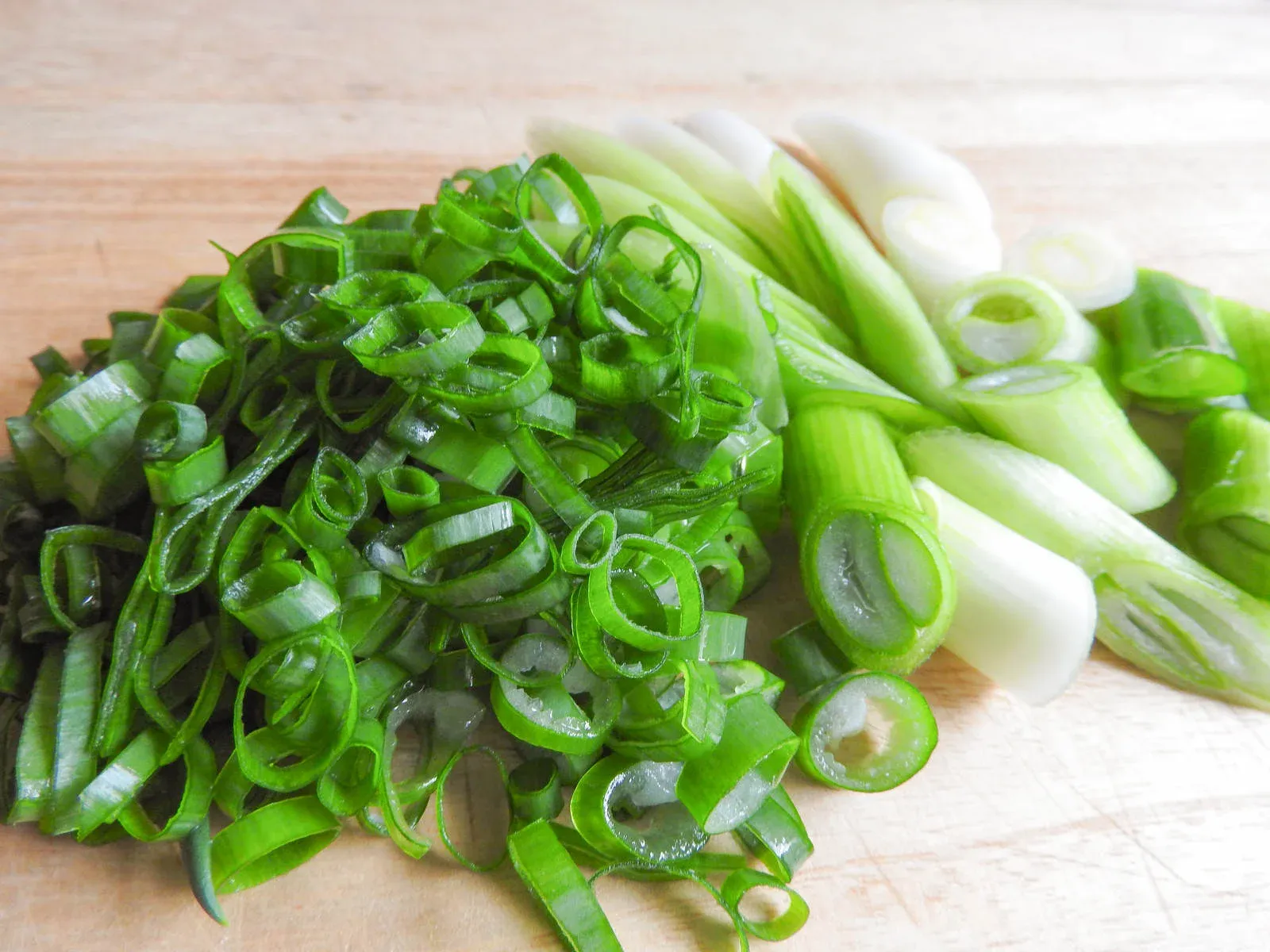
When eating soba, I recommend adding condiments. By adding various condiments like green onions, wasabi, and grated yam, the flavor of soba is enhanced. Especially wasabi has the effect of tightening the taste of soba.
However, wasabi is quite spicy, so I recommend green onions for foreigners. Please adjust the amount of condiments according to your preference.
Eat with Tempura
Source: Tabelog by クッシー98327
The combination of soba and tempura is a Japanese classic. Tempura made with seasonal vegetables and seafood is especially popular. Shrimp tempura, in particular, goes well with soba, so I recommend trying this combination first.
Frequently Asked Questions About Japanese Soba
Finally, I'll answer some common questions that travelers often have about Japanese soba.
What's the Difference Between Soba, Ramen, and Udon?
Soba noodles are mainly made from buckwheat flour, while ramen and udon are mainly made from wheat flour. In other words, the main ingredient of the noodles is very different. Also, ramen often uses animal-based soups like pork bone broth, but these aren't used in soba and udon. Please try comparing the differences in taste and texture.
Is Soba Gluten-Free?
"Juwari soba," made purely from buckwheat flour, is gluten-free, but many types of soba contain wheat flour. If you have a gluten allergy, you should choose juwari soba. However, I recommend checking with the staff at the restaurant just to be sure.
What Season is Best for Eating Soba?
Soba is a dish that can be enjoyed all year round, but the way it's eaten changes with the seasons. Cold zaru soba is popular in summer, while warm kake soba becomes appealing in winter. Please try the eating style appropriate for each season.
In this article, I've introduced soba, a traditional noodle dish representing Japanese food culture, from various perspectives.
If you're a traveler wanting to taste soba, I recommend starting with a soba specialty shop. Try the delicious soba that each shop takes pride in.
Also, when traveling to different parts of Japan, please try comparing the soba from each region. The different characteristics of soba in each region should leave an impression on you.
I hope this guide will be an opportunity for you to experience the charm of delicious soba in Japan!

